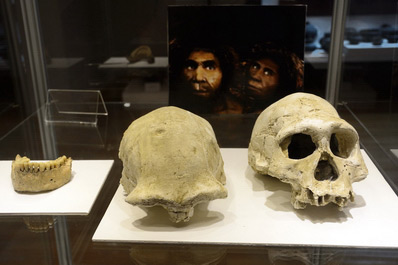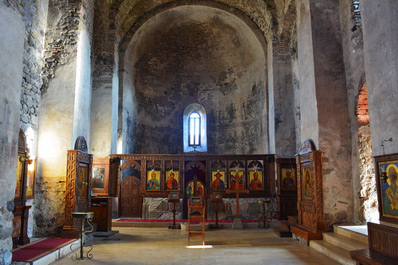Dmanisi, Georgia

Just a few kilometers from the town of Dmanisi, there’s a remarkable archaeological site that has captured the attention of the world. This site revealed hominid remains over 1.8 million years old. Hominids are the ancient ancestors of modern humans, and they lived in small communities in the Caucasus foothills. It is believed that these early humans were capable of caring for each other. For example, one of the Dmanisi hominids discovered had no teeth, leading paleoanthropologist David Lordkipanidze to suggest that this individual was cared for by others in the community. Additionally, there’s a theory suggesting that the earliest hominids might have evolved in Eurasia rather than Africa.
Today, the Dmanisi site functions as an open-air museum where visitors can view a fossil exhibition and a collection of over two thousand historical artifacts. The Dmanisi historical-architectural museum-reserve is open from the beginning of May until the end of October. Many of the discoveries from Dmanisi are also showcased at the National Museum of Georgia in Tbilisi.
In addition to its prehistoric significance, Dmanisi is also home to the remnants of a medieval fortified town, complete with fortifications, a castle, religious structures, and other buildings. This settlement was once a bustling center of trade on the Great Silk Road, regularly visited by merchants from across Europe and Asia. However, numerous destructive raids by the Seljuks, Mongols, and Arabs led to the town’s decline, and by the 16th and 17th centuries, it had significantly deteriorated.
Among the preserved buildings in Dmanisi is the early medieval church, Dmanisi Sion. Dedicated to the Assumption of the Holy Virgin, the church was built in the 9th century and is adorned with 13th-century frescoes inside.
Each year, Dmanisi attracts tourists from around the globe, offering a deep dive into the lives of our ancient ancestors. Visitors to Dmanisi can watch scientists at work, touch historical monuments, and see artifacts that have withstood the test of time.




